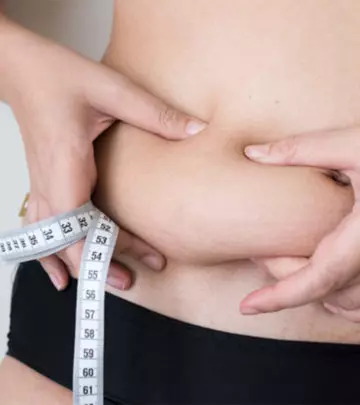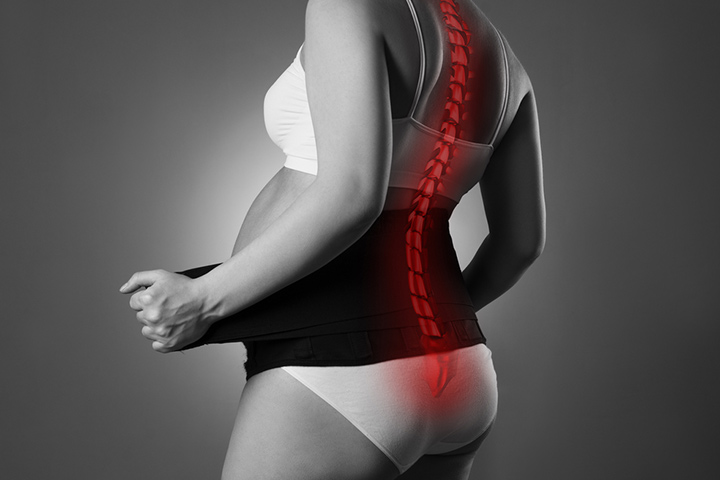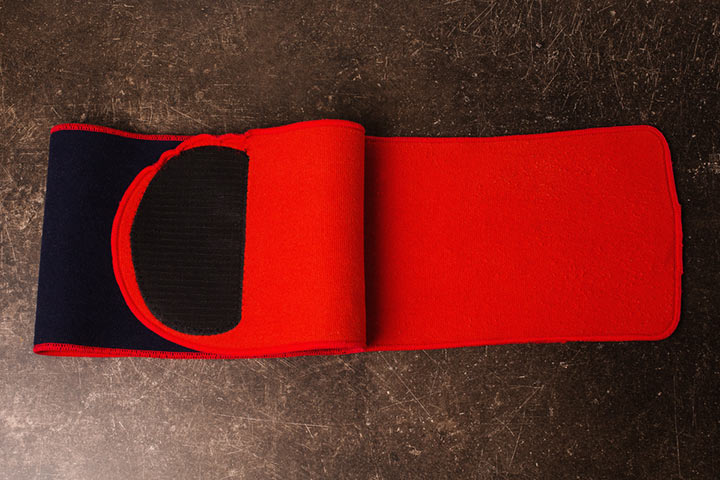
Image: Shutterstock
For the last nine months, all you’ve been thinking of is your baby’s health and well being. Now that the baby has finally arrived, your focus can return to your own physical health. The mother is important too! The most commonly thought about health question is – how do I lose this fat? There are several old wives’ tales on how you can go about it, but a predominant one, especially in eastern countries such as India, is to tie something around your belly. It could be a simple cloth, a sari, or anything similar, but for this article, let’s call it a belt.
This is an age-old practice that has now been carried forward to the modern age with some doctors in the past prescribing what is known as an abdominal belt.
What Is An Abdominal Belt?
An abdominal belt, also called a maternity belt, is a piece of clothing that is elastic which fits around your abdomen. Its main function is to hold the belly as tight as possible while also supporting the walls and muscles of the abdomen.
After delivery, your abdominal muscles are often left loose due to the contraction and expansion of the muscles, caused by pregnancy. The belt is there to hold things together so you may return to the form you had before pregnancy. Different maternity websites offer a whole range of maternity belts, claiming to be the quick fix to getting rid of your baby bump after delivery.
When Can You Start Using It?
The time when it is appropriate to start using a belt entirely depends on the sort of delivery you’ve had. Mothers who experience a normal delivery can start using the belt from the day after giving birth. However, those mothers who give birth with a caesarean section have to wait a little bit longer. The scar made by the operation must be completely healed before one can think of using a belt. The scar’s healing does not respond well to any pressure that is felt until the whole process is complete.
The only one who can give you an exact idea of when it’s time to start using an abdominal belt is your doctor. The doctor shall check for the extent of healing of the scar as well as the health of your abdomen in general before advising you to tie a belt.
Does It Really Help?
This has to be the most significant question to be answered before adopting the abdominal belt – does it really help? When it has been tested in a variety of settings, not only with patients who’ve just given birth, science has found no significant correlation between weight loss and the use of the belt (1). Having said that, it is still a prevalent practice in countries such as India, where primitive belts are made out of saris and worn after childbirth.
If anecdotal evidence is anything to go by, women have claimed that the belt has improved their posture and have received more back support. It is also believed, though not proven, that the belt is supposed to control an ever-expanding belly. Without the belt, some women say, they look six months pregnant despite having already given birth. Some women also claim that it reduces back pain. But the scientific community has found no supporting evidence.
Comfortable Much?
We’ve all heard the saying, “No pain, no gain.” But right after experiencing something that hits 10 on the pain scale (childbirth), do you really want to put your body through more discomfort? Honestly, a piece of fancy elastic around your waist after childbirth isn’t going to feel great. This brings back memories of Victorian women who used to wear corsets that were too tight for them, for social reasons.
Despite the obvious nagging pain, some women still found this to be advantageous, claiming better support and better sleep. At this stage, all evidence is anecdotal, so you might want to give it a try but don’t set your expectations too high. There are other methods you can try to lose weight, which are not necessarily post-partum specific (2).
Whether you’re going to try out the belt or not, you ought to keep your doctor in the loop at all times. In case something goes seriously wrong, it is only your doctor who can pull you back from a deep crevice of pain.
















